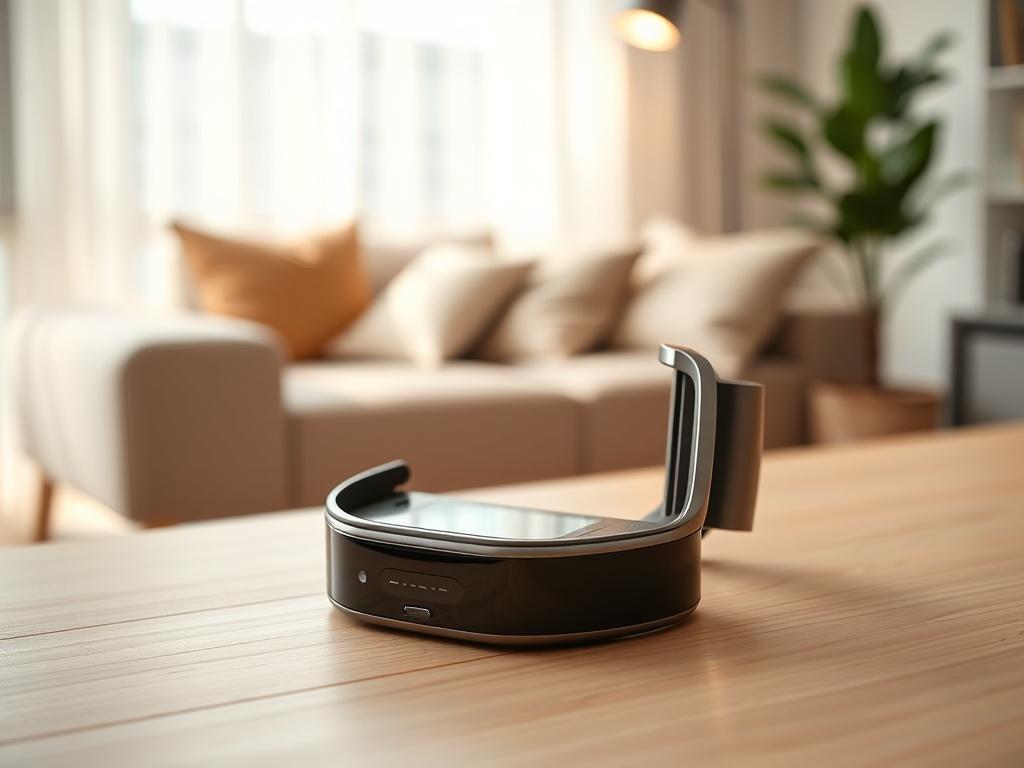In recent years, wearable technology has undergone a fascinating transformation, evolving from bulky, utilitarian gadgets into sleek and stylish accessories that seamlessly integrate into our daily lives. Today’s wearable tech doesn’t look like tech, and that’s precisely the point. Designers and engineers understand that for consumers to fully embrace these innovations, they must be aesthetically pleasing and adaptable for everyday use. As a result, form has begun to dictate functionality, shifting the perception of what wearable devices can achieve beyond mere practicality.
This blog post explores the evolution of wearable technology, highlighting the delicate balance between form and function that defines today’s devices. We’ll delve into how thoughtful design choices have enhanced the user experience and propelled wearables into mainstream fashion.
Wearable technology has come a long way since its inception, evolving from bulky, functional gadgets into sleek, stylish accessories that blend seamlessly with everyday life. Early wearables focused primarily on utility, prioritizing features like step counting or heart rate monitoring over visual appeal. As consumers began to demand more from their technology, designers recognized the need to balance functionality with aesthetics. This shift marked a turning point in the industry, pushing creators to innovate not only in what wearable devices could do but also in how they looked and felt on the body.
Today’s wearable tech doesn’t look like tech, and that’s precisely the point. Designers have drawn inspiration from fashion and lifestyle trends to create products that appeal not only to tech-savvy users but also to the everyday consumer. Smartwatches now resemble traditional timepieces, and fitness trackers mimic the style of high-end jewelry. This evolution in design has paved the way for wearables to become integral elements of personal expression and style, ensuring they serve a purpose and enhance the user's overall aesthetic.
Today’s wearable tech prioritizes aesthetics alongside functionality, marking a significant shift in design philosophy. No longer constrained to bulky gadgets or specialist equipment, devices like smartwatches and fitness trackers now resemble stylish accessories that seamlessly fit into daily life. Manufacturers recognize that consumers seek products that enhance their lifestyles without compromising style. This intersection of form and function means that wearables are not only technologically advanced but also visually appealing, encouraging more people to incorporate them into their routines.
The design process now actively involves understanding user needs and preferences, leading to innovative solutions that blend technology with fashion. This paradigm shift allows for diverse user customization options, resulting in adaptable wearables that cater to a wide range of personal styles. By focusing on sleek lines, vibrant colors, and quality materials, brands are creating products that consumers want to wear proudly. This blend of functionality and form empowers users, fostering a connection with the technology that goes beyond basic utility.
Today’s wearable tech doesn’t look like traditional tech, and that’s a game-changer for user adoption. As designers have shifted their focus from purely functional devices to those that seamlessly blend into everyday life, aesthetics have become a crucial factor. Wearables that boast a sleek, stylish appearance invite users to incorporate them into their daily routines without feeling self-conscious. For instance, smartwatches now come in a variety of designs, colors, and materials, allowing individuals to express their personal style while enjoying the benefits of technology. This evolution encourages more people to embrace wearable devices as fashion statements rather than just fitness trackers or health monitors.
Aesthetic considerations also enhance lifestyle integration, making wearables more versatile and appealing. By crafting devices that align with current fashion trends or popular culture, designers ensure that these gadgets resonate with consumers on a personal level. This connection fosters brand loyalty, as users are more likely to invest in a product that reflects their identity. Furthermore, when wearables look like accessories rather than gadgets, they promote continuous use, which, in turn, maximizes the benefits of tracking health and fitness.
At Doha Inc., our rental services let you experience cutting-edge innovations firsthand—from the powerful 5G laptop to the newest wearable devices. Discover what’s next in tech and find the perfect tools to elevate your lifestyle.
Contact us today to learn more about our products and rental options.
